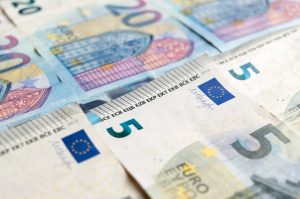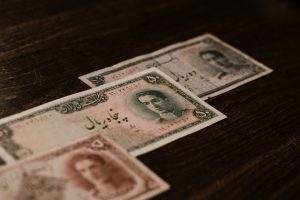Forex trading is one of the most popular forms of financial trading, and it involves buying and selling currencies with the aim of making a profit. Forex traders use various tools and techniques to predict the movement of currency prices, and one of the most important tools is the candlestick chart. A candlestick chart shows the price movement of a currency over a given period of time, and it provides important information about the market sentiment, trend, and potential reversal points. In this article, we will explain how to read candles and wicks on a forex price chart.
Understanding the basics of candlesticks
A candlestick chart consists of a series of candlesticks that represent the price movement of a currency over a given period of time, such as one minute, five minutes, one hour, one day, one week, or one month. Each candlestick has a body, which represents the opening and closing prices of the currency during the period, and two wicks, which represent the high and low prices of the currency during the period. The body of the candlestick is colored differently depending on whether the price has gone up or down during the period. If the closing price is higher than the opening price, the body is colored green or white, and if the closing price is lower than the opening price, the body is colored red or black.
Reading the candles and wicks
To read candles and wicks on a forex price chart, you need to understand the different patterns and formations that they can create. The following are some of the most common candlestick patterns and what they indicate:
1. Bullish candlesticks: Bullish candlesticks are those that have a green or white body and indicate that the price has gone up during the period. The longer the body of the candlestick, the stronger the bullish sentiment. If the bullish candlestick has a long upper wick and a short lower wick, it indicates that the price has reached a high point during the period, but there is some selling pressure that has pushed the price down from the high. If the bullish candlestick has a long lower wick and a short upper wick, it indicates that the price has reached a low point during the period, but there is some buying pressure that has pushed the price up from the low.
2. Bearish candlesticks: Bearish candlesticks are those that have a red or black body and indicate that the price has gone down during the period. The longer the body of the candlestick, the stronger the bearish sentiment. If the bearish candlestick has a long lower wick and a short upper wick, it indicates that the price has reached a low point during the period, but there is some selling pressure that has pushed the price down from the low. If the bearish candlestick has a long upper wick and a short lower wick, it indicates that the price has reached a high point during the period, but there is some buying pressure that has pushed the price down from the high.
3. Doji candlesticks: Doji candlesticks are those that have a very small body and indicate indecision in the market. A doji candlestick occurs when the opening and closing prices are almost equal, and the wicks are long. Doji candlesticks can indicate a potential reversal point in the market, especially if they occur after a long bullish or bearish trend.
4. Hammer and hanging man candlesticks: Hammer and hanging man candlesticks are those that have a small body and a long lower wick, and they indicate a potential reversal point in the market. A hammer candlestick occurs after a downtrend and indicates that the buyers have stepped in and pushed the price up from the low. A hanging man candlestick occurs after an uptrend and indicates that the sellers have stepped in and pushed the price down from the high.
5. Shooting star and inverted hammer candlesticks: Shooting star and inverted hammer candlesticks are those that have a small body and a long upper wick, and they also indicate a potential reversal point in the market. A shooting star candlestick occurs after an uptrend and indicates that the sellers have stepped in and pushed the price down from the high. An inverted hammer candlestick occurs after a downtrend and indicates that the buyers have stepped in and pushed the price up from the low.
Conclusion
Reading candles and wicks on a forex price chart is an essential skill for any trader. By understanding the different candlestick patterns and formations, traders can identify potential reversal points in the market, as well as the strength of the bullish or bearish sentiment. It is important to note that candlestick analysis should be used in conjunction with other technical and fundamental analysis tools to make informed trading decisions.





